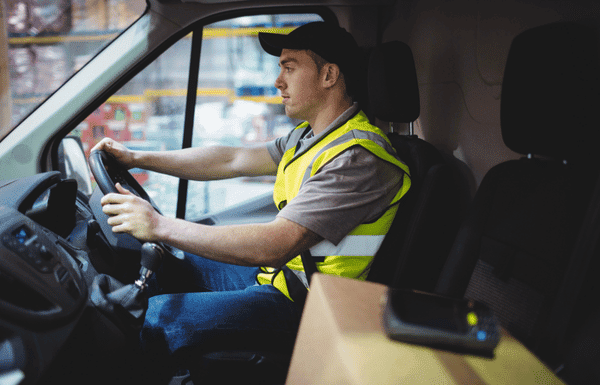Delivery drivers face different challenges depending on whether they are navigating urban or rural routes. Understanding these differences and preparing accordingly can make the job more efficient and enjoyable. Here’s a breakdown of key considerations and tips for handling both types of routes.
Urban Delivery Routes: Key Challenges and Tips
Urban delivery routes are often characterized by traffic congestion, narrow streets, and limited parking options. However, they tend to have shorter distances between stops, which means drivers can make more deliveries in less time. Here are some key tips for navigating urban routes:
- Plan for Traffic: Traffic congestion is a common challenge in urban areas. Use route optimization apps that account for real-time traffic updates to avoid major delays. Early morning or late evening deliveries may help reduce time spent in traffic.
- Know Parking Rules: In cities, parking can be scarce and regulated by strict rules. Familiarize yourself with local parking regulations and identify loading zones to avoid fines and wasted time searching for legal spots.
- Use Public Transportation Lanes: Some cities allow delivery vehicles to use bus or bike lanes during specific hours. Check local laws to see if this option is available to help you navigate quicker.
- Work on Time Management: With more deliveries in urban areas, it’s crucial to manage your time well. Shorten interactions with customers while maintaining a friendly demeanor to stay on schedule.

Rural Delivery Routes: Key Challenges and Tips
Rural routes present a different set of challenges, including long distances between deliveries, poor road conditions, and the potential for limited cell service. Here’s how to handle these effectively:
- Plan for Longer Distances: Deliveries in rural areas often involve long stretches between stops. Ensure that you have accurate directions and GPS access, especially in areas where signal may be weak. Fuel management is also important, as gas stations may be few and far between.
- Prepare for Road Conditions: Rural roads can be rough, narrow, or unpaved, particularly in more remote areas. Be prepared by driving a vehicle with good suspension and ensuring your tires are in good condition.
- Maintain Communication: Signal strength can be an issue in rural areas, so keep communication tools like offline maps and paper backups handy in case your GPS or phone loses connection.
- Be Ready for Limited Access: Some rural properties may have long, private driveways or difficult access points. It’s important to clarify drop-off locations in advance and make necessary arrangements with the customer if access is challenging.
Conclusion
Navigating urban and rural delivery routes requires different strategies, but preparation and adaptability are key to success in both environments. Urban deliveries demand efficient traffic navigation and quick stops, while rural routes call for careful planning and readiness for longer journeys. By understanding the specific challenges of each type of route and using the right tools and techniques, delivery drivers can optimize their performance and ensure timely deliveries.




